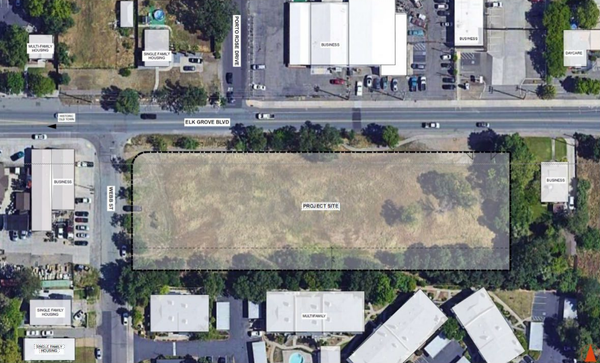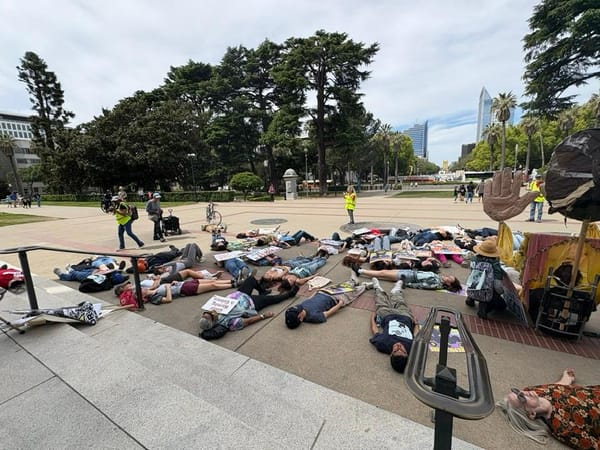Medicaid Fraud, Waste and Abuse - An IT Fraud Analysts Perspective



Things could be changing.

Construction of the three-level structure is planned to start in February 2026.

The Polluters Pay Climate Superfund Act would require the largest fossil fuel corporations to pay for the climate devastation

Do Old Town Elk Grove retailers have any chance of drawing shoppers to what we will say charitably are undercapitalized small businesses with limited selections?